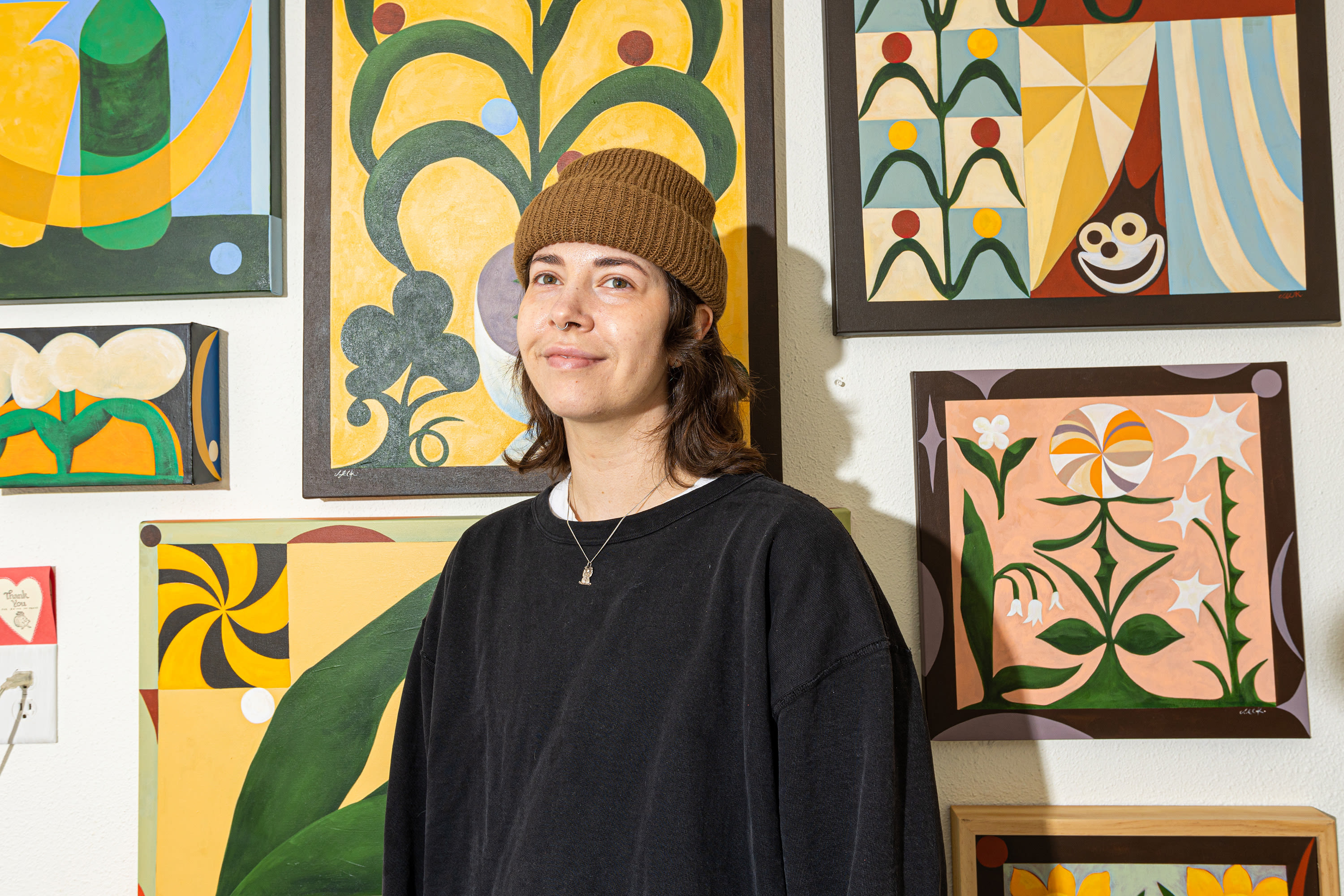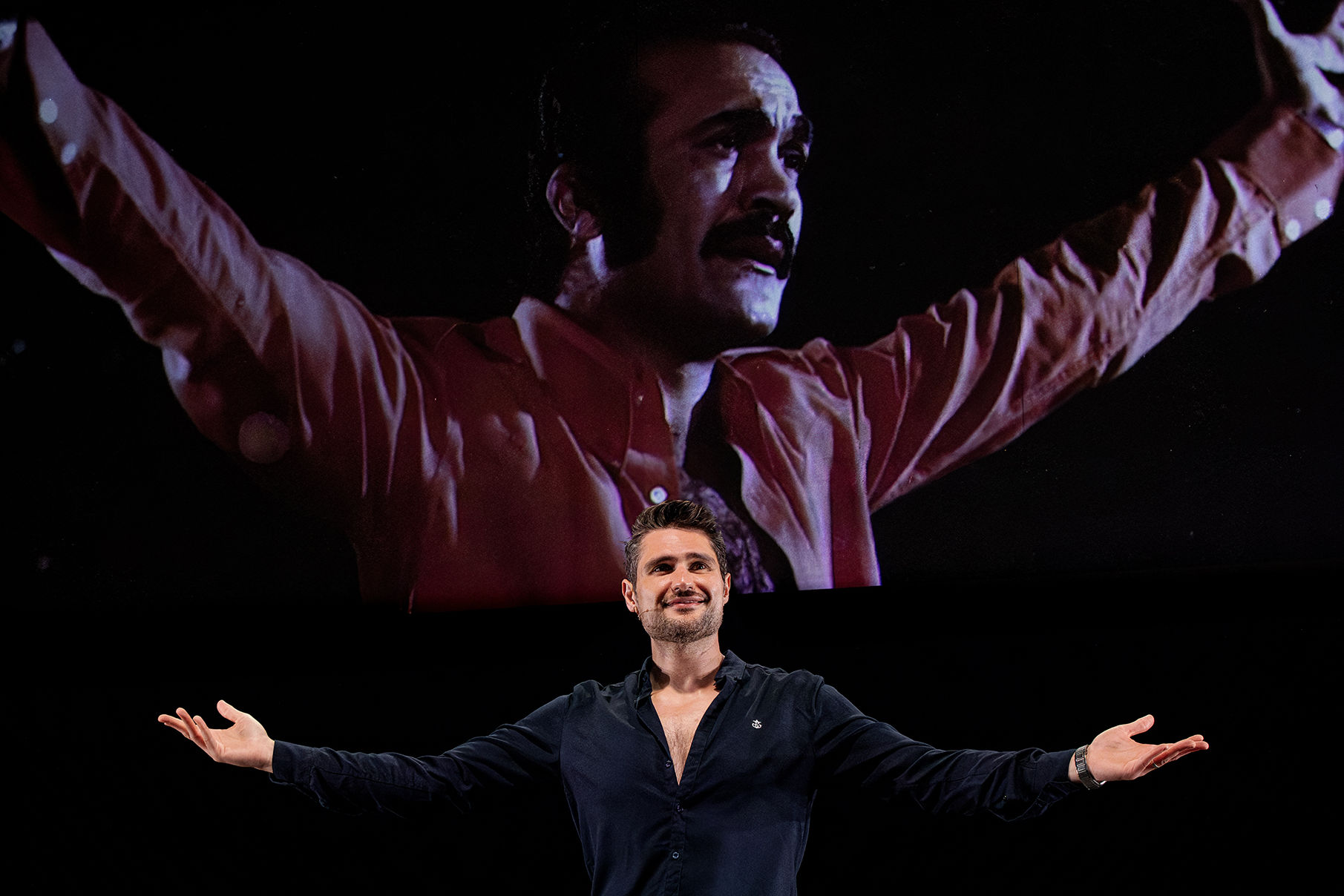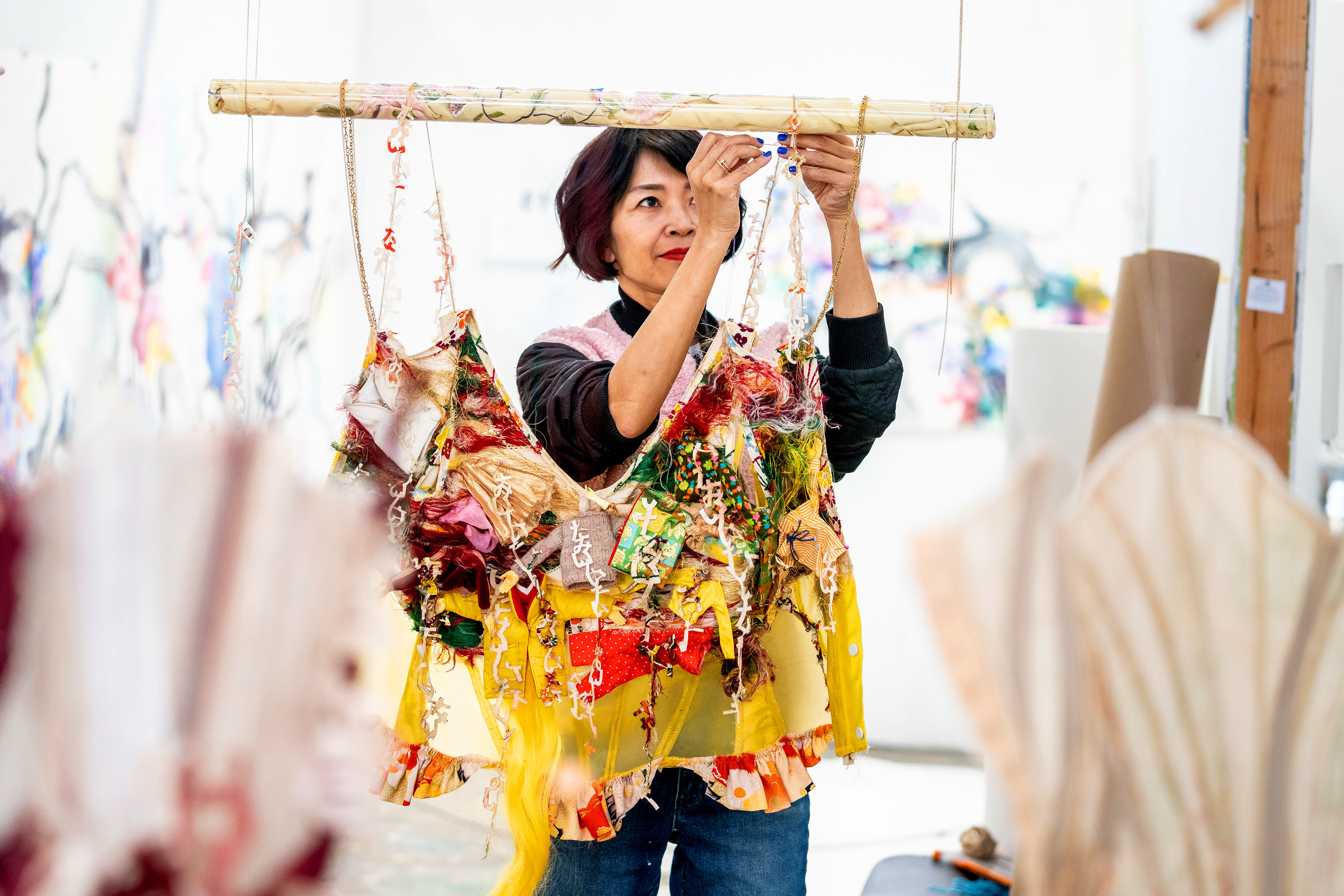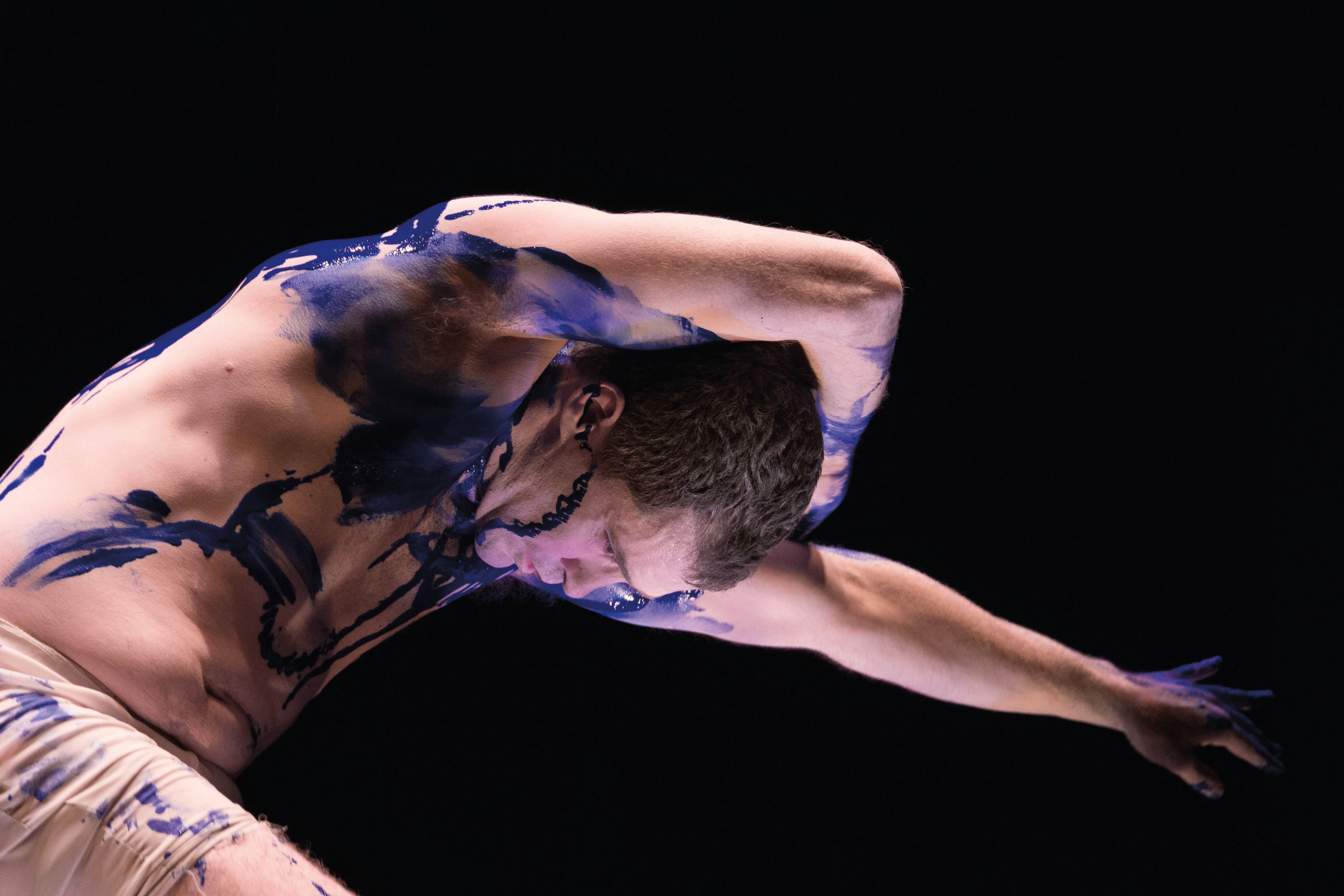
The Portland Institute for Contemporary Art Finally Has a Home of Its Own
A solitary Irish actor recites Samuel Beckett on a bare stage. For over three hours.
A French-Tunisian choreographer cooks couscous for the audience. While dancing.
Eleven Chileans born under Pinochet’s dictatorship reconstruct their parents’ pasts onstage.
Indie-folk singer Rufus Wainwright performs with the Oregon Symphony. Laurie Anderson performs alone.
The Time-Based Art Festival, the September extravaganza staged by the Portland Institute for Contemporary Art (PICA), sets in motion an annual collision between Portland audiences and local, national, and international visual and performance art. Every year, for 10 or so nights, TBA imports heady companies and creators from around the world and showcases some of the city’s most challenging contemporary artists. Portland lights up as a node on the international scene. And the art on show—often “difficult” and inaccessible, delivering regular revelation and occasional pretension in unpredictable doses—attracts something resembling a mass audience. (Last year’s festival drew an audience of more than 16,000.)
After 13 years, TBA is an established cultural watershed. This year’s festival, though, does have special resonance for PICA. Against all odds, an organization dedicated to hypermodern visual and performance art turns 21. And after two decades of scrappy survival and an itinerant model that saw the organization bounce between vacant warehouses and underused theaters, the prodigal child gets the keys to its own home.
This spring, even as real estate prices continued their vertiginous rise, PICA board member Allie Furlotti bought a 16,000-square-foot warehouse just off N Williams Avenue and leased it rent free to the group for 20 years, to become an anchoring artistic headquarters. The thirty-something heiress and LA transplant had already made her philanthropic mark on Portland arts through her foundation Calligram: in 2013, she gave PICA $600,000, which the organization uses to support local artists and commission new work. Now she’s doubling down. PICA will have to show its hand—by strengthening its year-round programming, engaging with a neighborhood riven by a demographic sea change, and finding creative ways to use, and fill, the building’s raw, unpolished space.
What will an insurgent outfit look like when it’s all grown up?
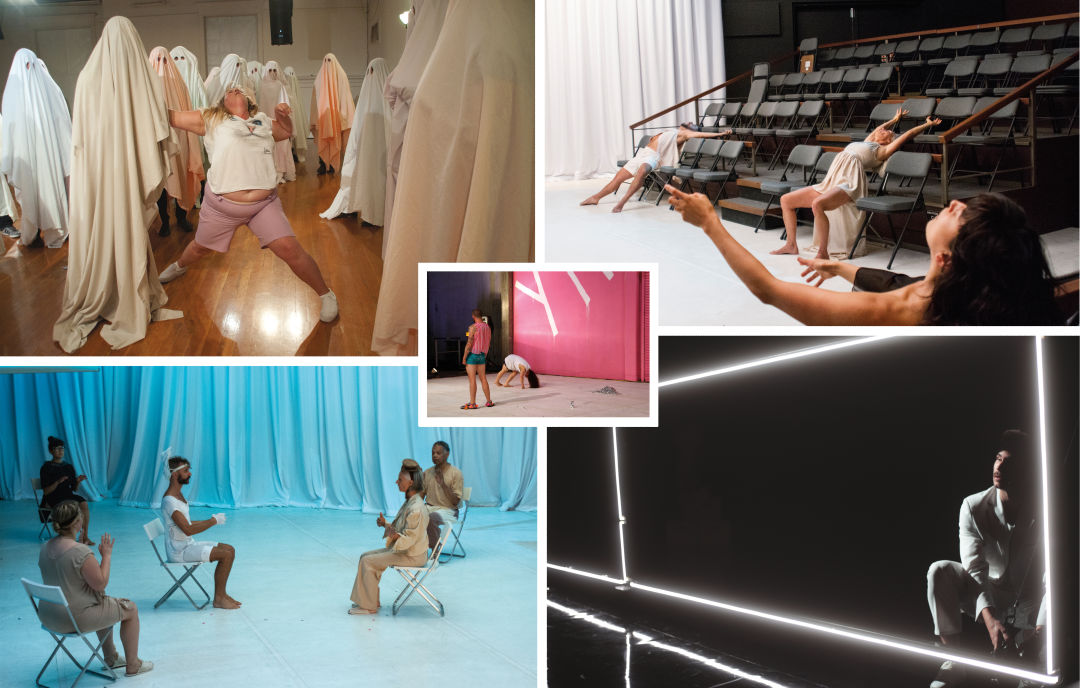
Scenes from 13 years of Time-Based Art. This year’s TBA runs September 8–18.
In 1995, Portland’s contemporary art scene faced an institutional void. The Portland Art Museum had dropped its five-year-old contemporary art program Art on the Edge, which had been curated by an ambitious, innovative young artist and organizer named Kristy Edmunds. Portland State University had discontinued its contemporary dance series. So Edmunds recruited a group of volunteers—among them Victoria Frey, now PICA’s executive director—to scrape together cutting-edge shows in disused spaces across town.
“There was a plethora of buildings,” recalls Frey, describing the working principle as “pop-up before pop-up.”
Eight years later, PICA launched TBA as its flagship event. “TBA was something I had to be at every year,” says Angela Mattox, who started coming to the festival when she worked at San Francisco’s Yerba Buena Center for the Arts. “It rejuvenated me and reminded me of the optimism of why we’re in this art field.”
After a series of guest curators, Mattox became TBA’s first permanent artistic director in 2012. Her mission: build long-term relationships with local, national, and international artists. “It’s really important to me that we are part of a very strong global conversation,” she says. For Mattox, one of TBA’s strengths has been its focus on local artists. (Portlander Keyon Gaskin tap-danced, naked from the waist down, at TBA last year; Holcombe Waller’s Requiem Mass: LGBT/Working Title was another 2015 TBA hit.) “This notion of local-global exchange is something I really hang my hat on.”
For all PICA’s nimble DNA, Portland’s booming real estate market became increasingly problematic. “The concept was, keep the overheads low by moving from place to place,” Frey says. “Now there aren’t the vacant spaces.” In recent years, problems finding venues have delayed schedule announcements, and directly affected PICA’s bottom line.
“Our own survival would have been at stake had this building not come through,” Mattox says.
That said, it’s not a panacea. “We’re still going to have other venue issues to solve,” Frey says. “I don’t think that’s ever going to change.” But once the new space opens to the public at TBA’s September 8 kickoff, Mattox hopes that artists and audiences can help PICA understand how it can best be used.
The move can only be good news for artists and audiences alike. “PICA invests in ideas that are risky,” says visual artist Storm Tharp, who appeared at TBA in 2010. “They maintain and represent a national and international dialogue about what’s happening in the contemporary arts. If you just go back and look at their history, a lot of the things that we saw, we saw before we realized we needed to see them.”
Now the organization called “an unstitution” by its own visual art curator, Kristan Kennedy, is set to enter a new life stage. “We’re 21,” Mattox says. “We have a civic, an artistic responsibility—because who else is going to do it? If PICA can’t secure a footprint, who else can?”
Top Image: Courtesy Chelsea Petrakis/PICA

